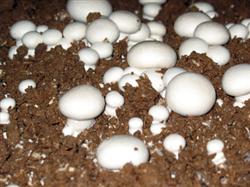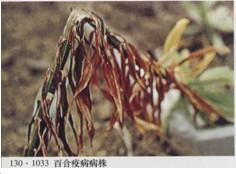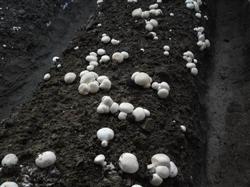New cultivation techniques of double cropping of Pleurotus ostreatus in one year

The traditional cultivation mode of Pleurotus ostreatus is generally one batch per year. Take Shandong as an example, the seeds are usually sown in the first and middle of September, and the shed is cleared at the end of May the following year, which takes as long as 9 months. It is not cost-effective in terms of occupying the mushroom shed and labor force. Breaking the convention, two crops a year in the same mushroom shed and two batches of materials in one production year can greatly improve the production efficiency on the basis of increasing the multiple cropping index of the mushroom shed. 1. Mushroom shed treatment: the mushroom shed is converted into daylight heating (winter warm) shed, and the standard mushroom shed can be built if the investment strength is strong, and the water temperature air conditioner can be installed, which can achieve the purpose of normal mushroom production in the low temperature after November and the high temperature after March. After the thorough eliminate virus treatment of the mushroom shed with drugs such as eliminating all diseases without a trace, about 5 days before sowing, water was irrigated into the greenhouse, allowing it to seep naturally to make it fully permeable, on the one hand, to increase the humidity of the greenhouse, and on the other hand to lower the temperature of the greenhouse. two。 Germ management: generally, sowing can be arranged in the middle of August, and the normal bacteria can be achieved by turning on the water temperature and air-conditioning temperature control at about 25 ℃. The second batch of sowing is from January to February, then it is necessary to turn on the water temperature air conditioning to heat up. 3. Management of mushroom production: adjust and control the suitable temperature to ensure the requirements of mushroom production: generally, the controllable temperature is in the range of 14 ℃ ~ 20 ℃, and it can tend to the lower limit in low temperature season. Strengthen ventilation management and reduce the harm of diseases and insect pests: change the extensive management mode of poor ventilation and serious disease in the previous heat preservation period, large ventilation and loss of water in base materials during high temperature periods, and maintain the supply of oxygen in the shed. Saibai 09 is often sprayed to prevent or kill all kinds of invading bacteria. Combined with tide control and tide reduction, the total yield is not reduced: through post-ripening culture and other technical means to ensure that the yield of the first tide mushroom is high and stable, water should be added after harvest, and some quick nutrients should be added at the same time, so that the hyphae can quickly restore the initial robust situation and maintain a post-ripening time. When the mushrooms are produced again, the yield is no different from that before, and the three tide mushrooms are harvested continuously, which is equivalent to the five or six tides of the traditional method. By the end of December, the first batch of materials can be used to clean the shed, and after sterilizing the mushroom shed with all diseases and other drugs, the second batch of materials will be carried out in January of the following year, enter the mushroom production management in late February, and end at the end of May. At this point, the cultivation of two crops a year can be realized. Other management is the same as usual.
- Prev

Control of common diseases and insect pests in lily cultivation
Lily blight, also known as lily foot rot, is distributed in Hebei, Gansu, Shaanxi, Shandong, Zhejiang, Jiangxi, Henan, Hubei, Hunan, Sichuan, Guizhou, Yunnan, Xizang and other provinces. First, damage symptoms: mainly invade stems, leaves, flowers, scales and bulbs. Stem infected newborn water immersion brown rot, one by one.
- Next

Planting techniques of Pleurotus ostreatus
Pleurotus ostreatus has the characteristics of good quality, good taste, low investment and high benefit, and has a broad market prospect, with an economic benefit of 12000 yuan per 667m2. Its cultivation techniques are as follows: first, prepare culture materials and formulations, according to the calculation of cultivation 100m2, it is necessary to prepare high quality dry wheat straw 1500kg, dried cow and horse manure 600kg, phosphate fertilizer 50kg.
Related
- Fuxing push coffee new agricultural production and marketing class: lack of small-scale processing plants
- Jujube rice field leisure farm deep ploughing Yilan for five years to create a space for organic food and play
- Nongyu Farm-A trial of organic papaya for brave women with advanced technology
- Four points for attention in the prevention and control of diseases and insect pests of edible fungi
- How to add nutrient solution to Edible Fungi
- Is there any good way to control edible fungus mites?
- Open Inoculation Technology of Edible Fungi
- Is there any clever way to use fertilizer for edible fungus in winter?
- What agents are used to kill the pathogens of edible fungi in the mushroom shed?
- Rapid drying of Edible Fungi

